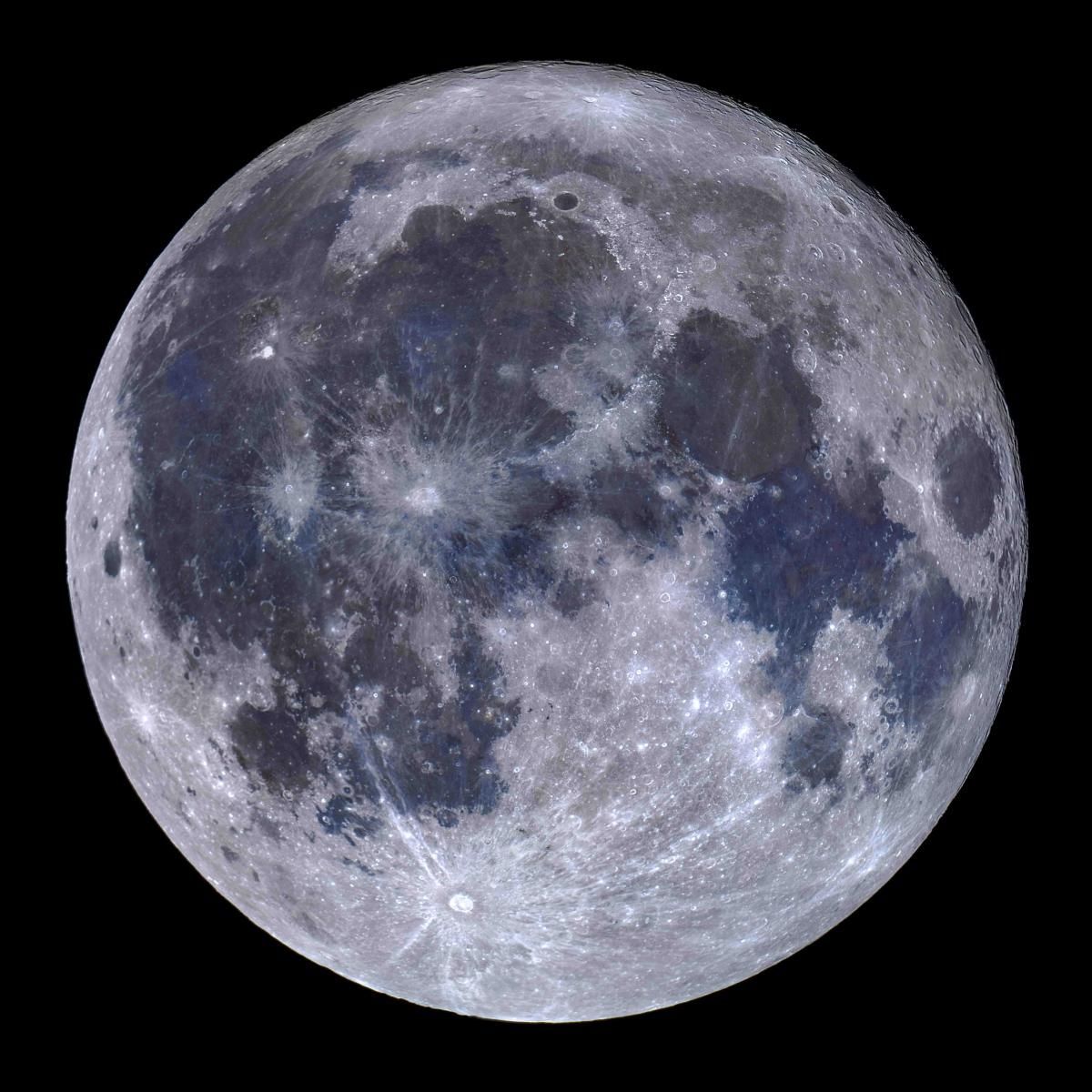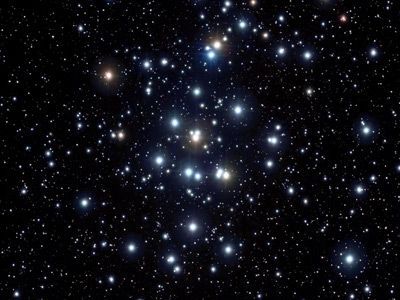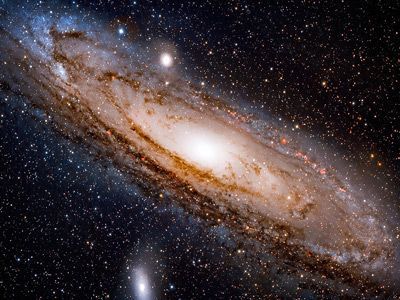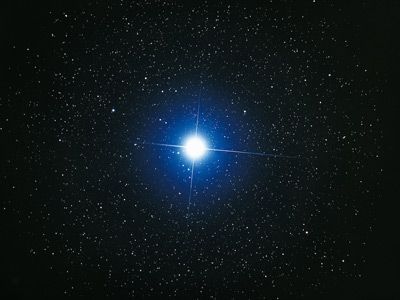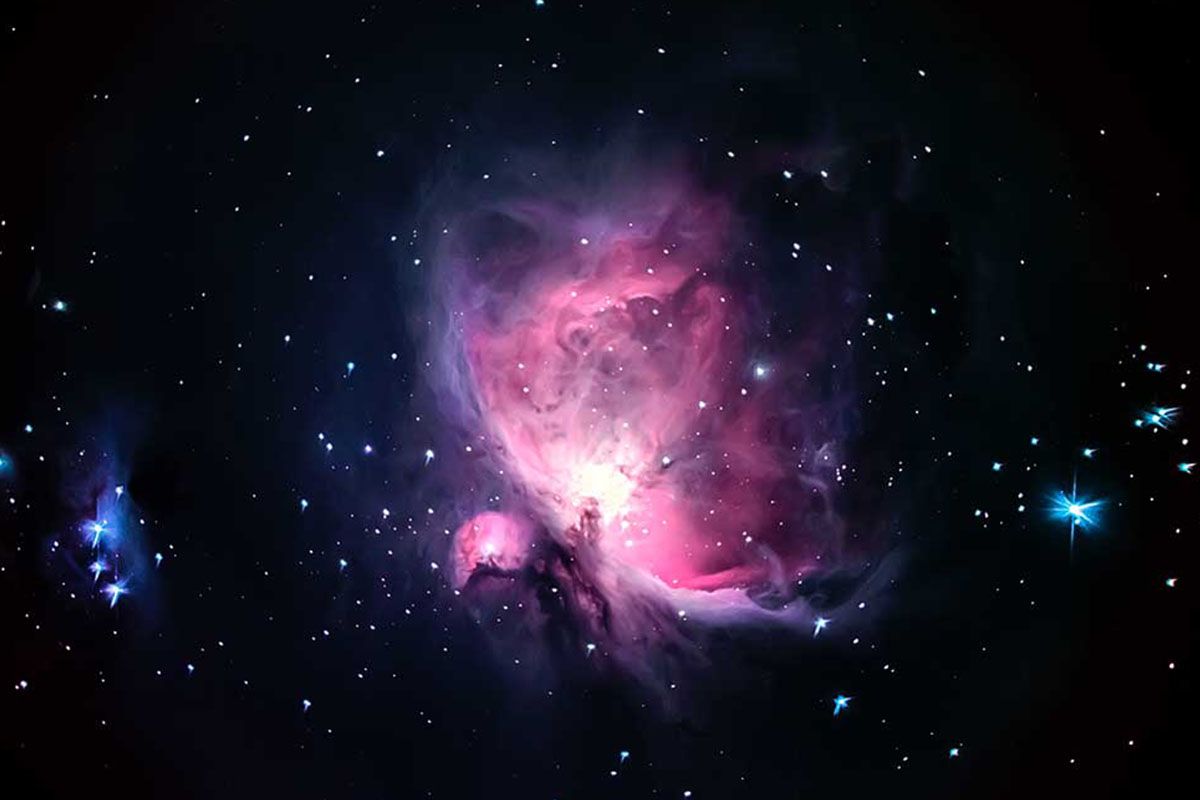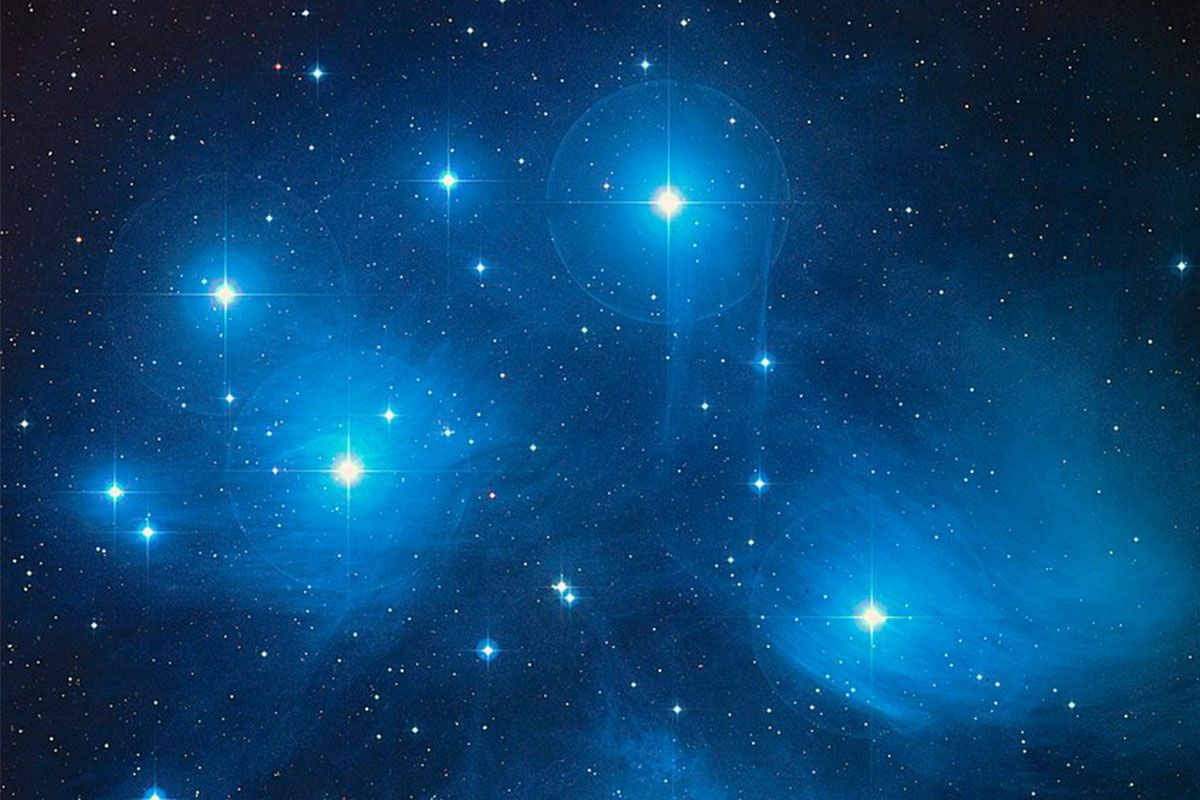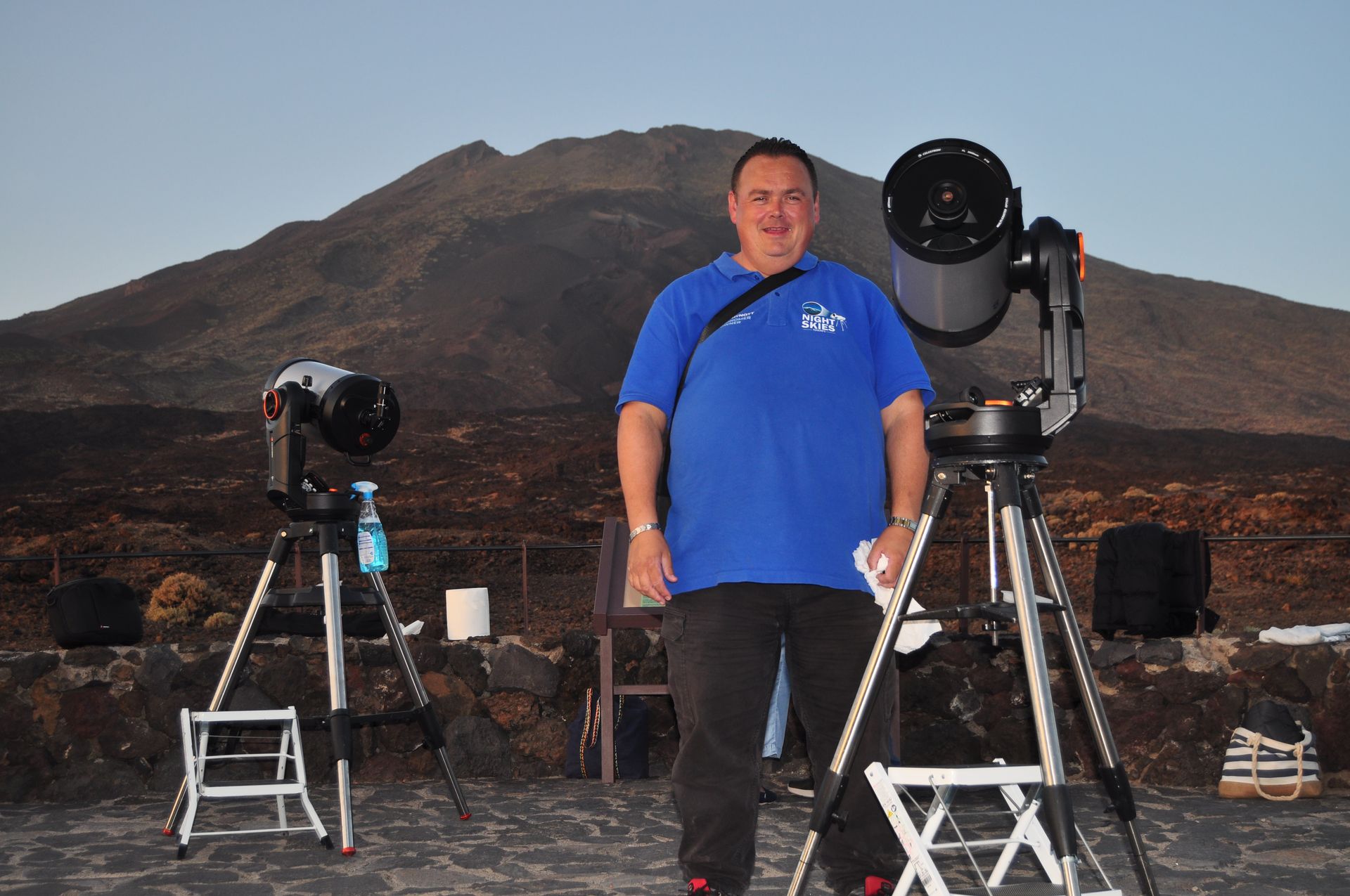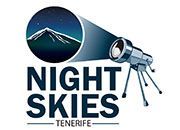November Skylights with Kieran Mynott
The spectacular Leonids meteor shower, Jupiter, Saturn, The Andromeda Galaxy, Albireo Star, The Milky Way Core, Pleiades (The Seven Sisters) and the Signs of the Zodiac are all visible in the pristine November night skies of Tenerife.
Whether you're an experienced astronomer, a casual stargazer or just looking for things to do in Tenerife, you’ll not want to leave without experiencing a Night Skies Tenerife Teide National Park Stargazing & Sunset Tour.
Meteor Shower Alert! The Spectacular Leonids – November 17th & 18th
The Leonid meteor shower originates from the Comet 55P/Tempel-Tuttle. The meteors you see during the Leonid shower are the debris particles left behind by this comet as it moves through space.
It is one of the most famous and spectacular meteor showers, known for its dramatic outbursts that can produce hundreds or even thousands of meteors per hour in some years, typically peaking around November 17th - 18th, although the shower can be active for several days, from about November 6th to November 30th.
The meteors appear to come from the constellation Leo, hence the name "Leonids." The radiant is located near the star Regulus, the brightest star in Leo. However, the meteors themselves streak across the sky in all directions.
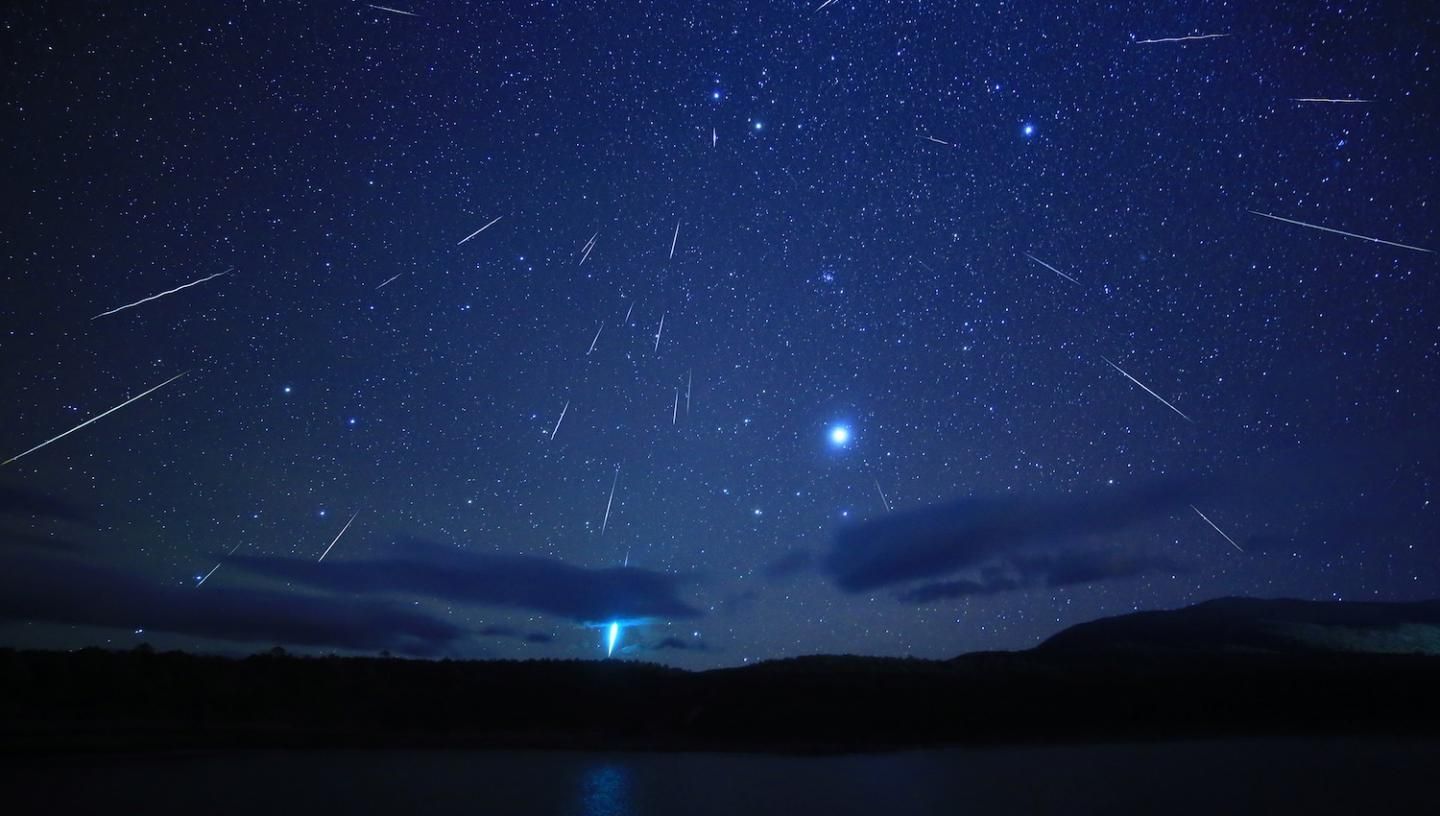
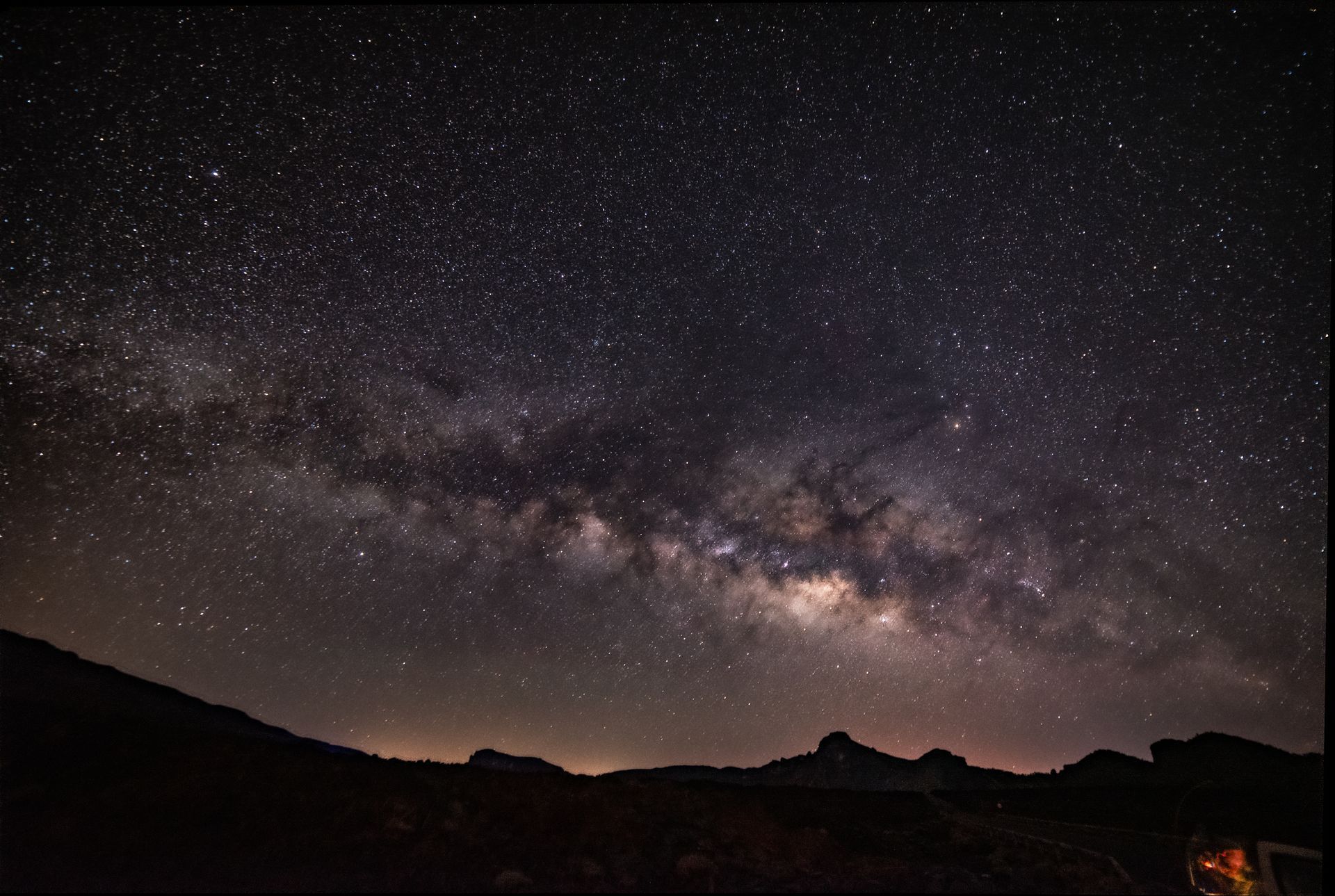
Milky Way Core
Still Visible for Three Weeks: In November, the core of the Milky Way remains visible for most of the month, particularly in the first three weeks.
The Milky Way stretches across the sky like a faint, glowing band, with its core in the constellation Sagittarius.
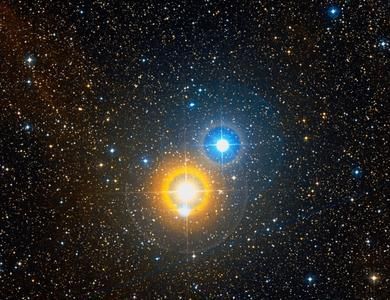
Albireo Star
Albireo is a famous double star located in the constellation Cygnus (the Swan) and is one of the most beautiful binary star systems visible to the naked eye.
It is often considered one of the finest targets for amateur astronomers due to the stunning color contrast between its two components.
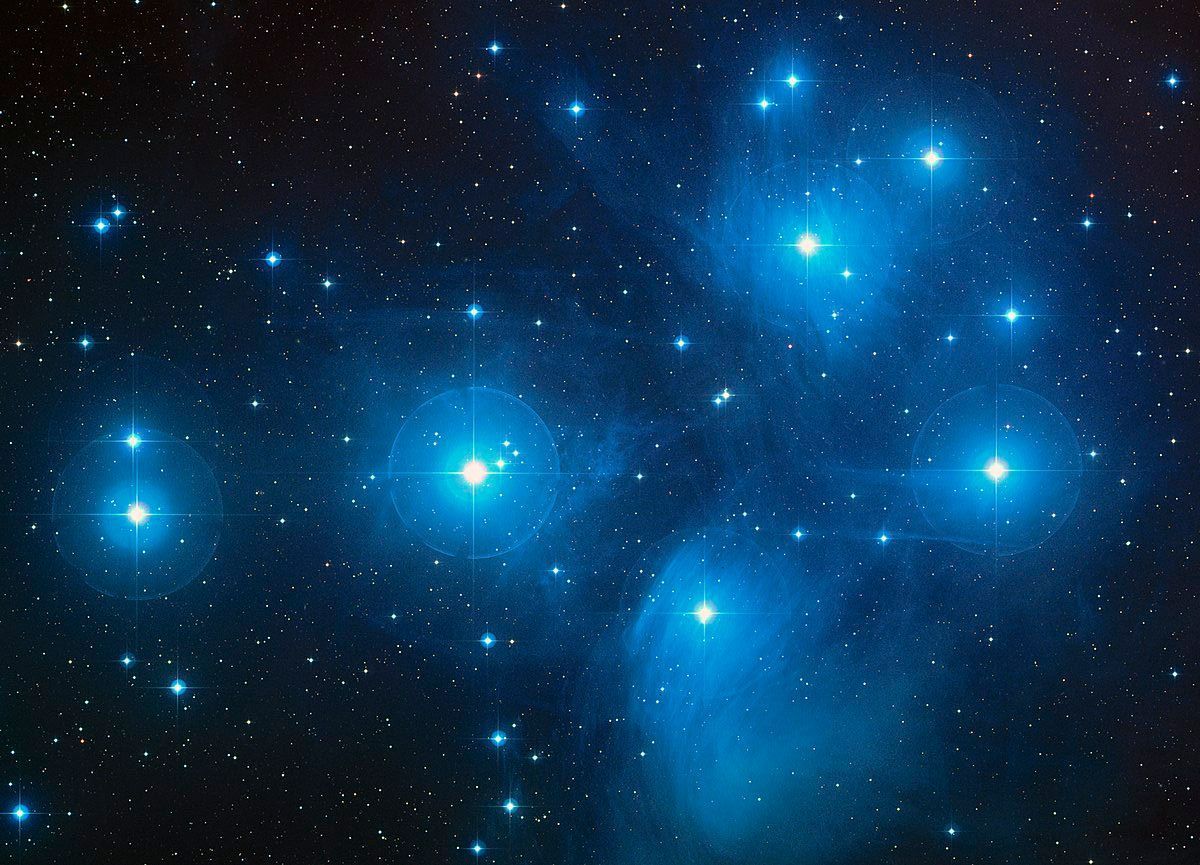
Pleiades (The 7 Sisters)
The Pleiades, also known as the Seven Sisters, is a prominent open star cluster located in the constellation Taurus. It contains over 1,000 stars, but the brightest ones are often visible to the naked eye, typically numbering around six or seven.
The cluster is about 444 light-years away from Earth and is surrounded by a faint reflection nebula, which gives it a beautiful bluish hue.
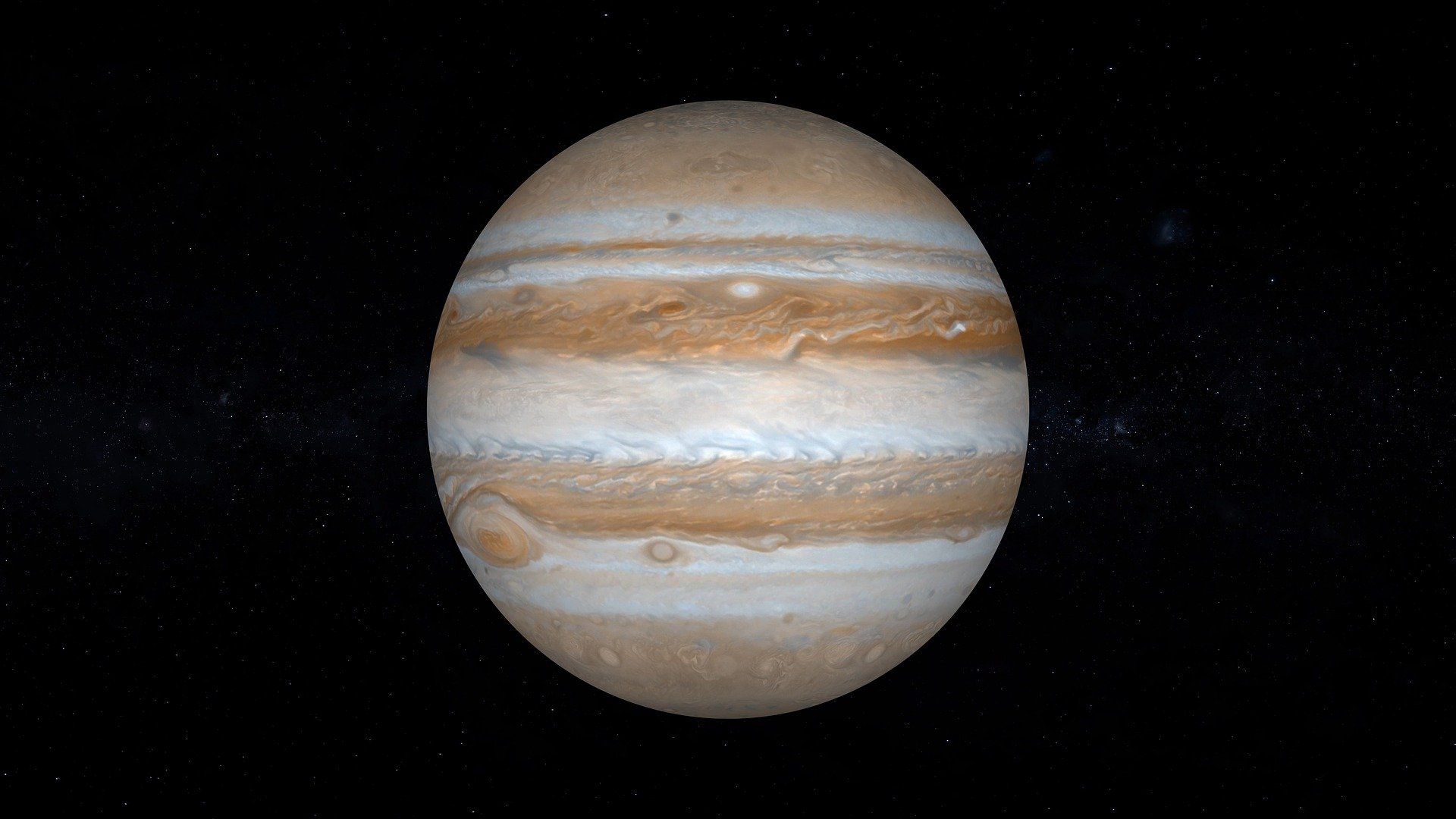
Jupiter
Jupiter is the largest planet in our galaxy, known for its prominent bands of clouds, massive storms like the Great Red Spot, and its many moons, including the largest ones called the Galilean moons: Io, Europa, Ganymede, and Callisto.
Observing Jupiter from Tenerife can provide exceptional views due to the island's clear skies and low light pollution.
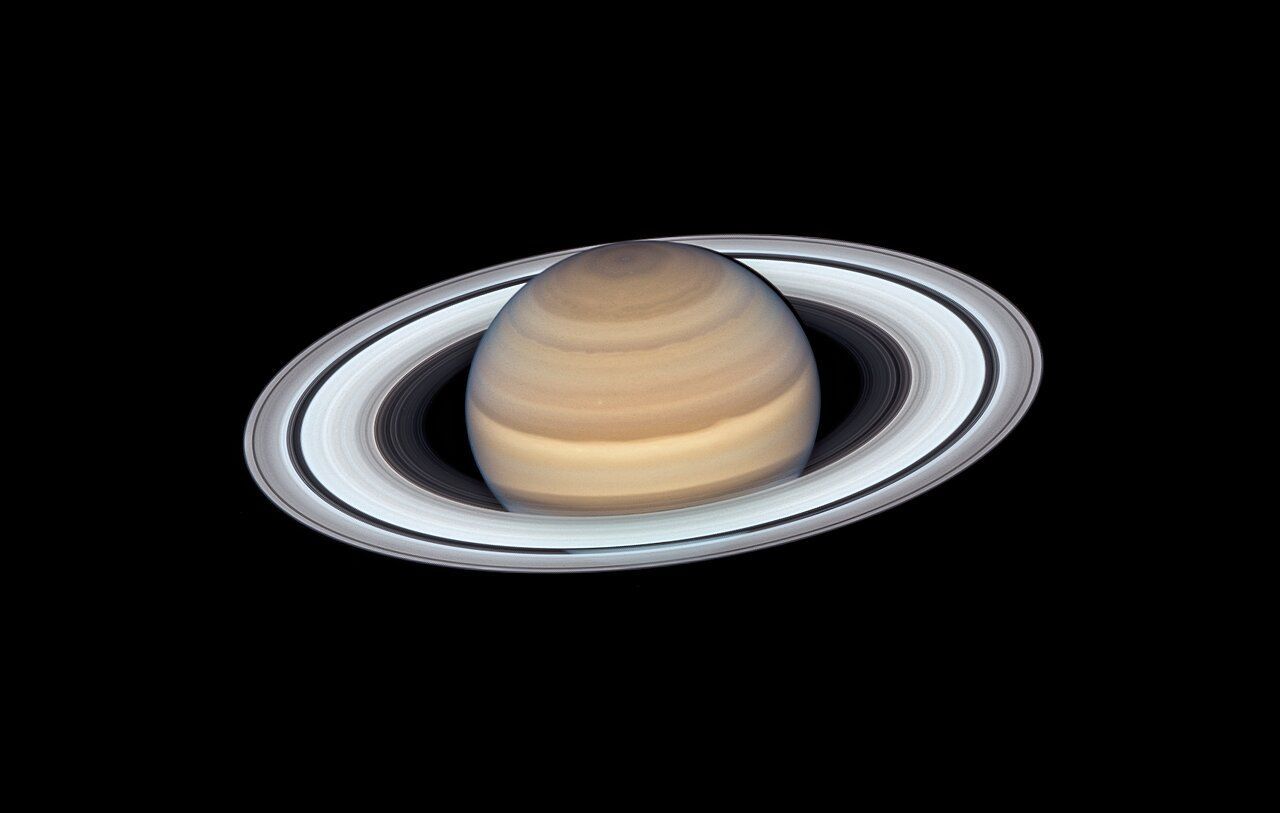
Saturn
Everyone’s favourite, Saturn is the sixth planet from the Sun and the second-largest planet in our solar system, famous for its stunning ring system.
It’s a gas giant, primarily composed of hydrogen and helium, and is easily visible in the night sky, often appearing as a bright, yellowish star to the naked eye.
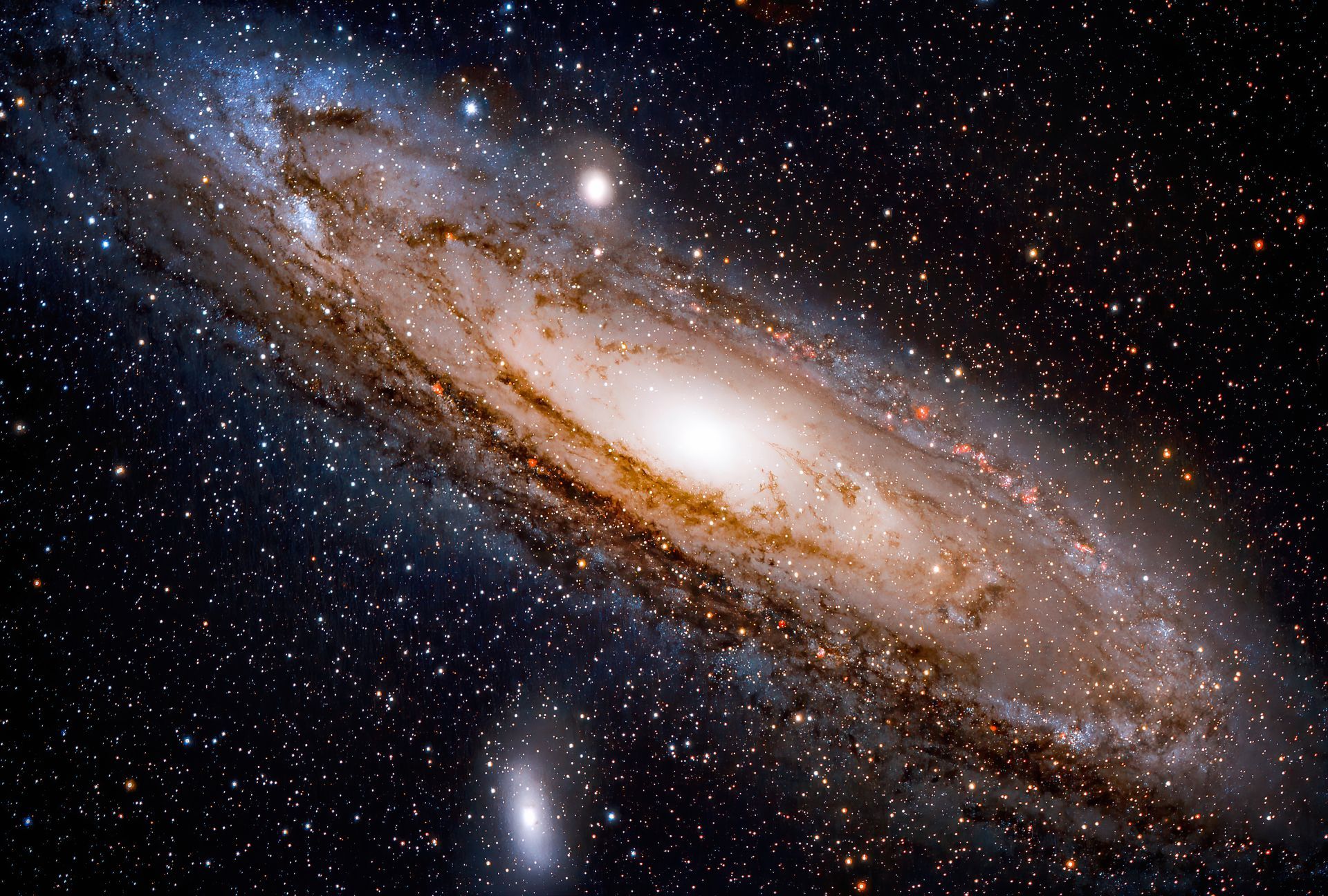
Andromeda Galaxy (M31)
The Andromeda Galaxy is our closest neighbouring galaxy at 2.5 million light years away, hurtling towards the Milky Way at 75 miles per second. Don’t worry through, at that speed it will take 4.6 billion years to collide with our galaxy.
A majestic object in the night sky, visible to the naked eye under dark skies, it is one of the most studied galaxies due to its proximity.
The Moon Phases
New Moon
1st November - The moon will be completely dark and not visible from Earth.
First Quarter
9th November- The right half of the moon will be illuminated, providing good viewing conditions.
Full Moon
15th November - The entire face of the moon will be illuminated, making it bright and prominent in the night sky.
Last Quarter
24th November - The left half of the moon will be illuminated as it transitions back to a new moon.
